The issue of Blue Screen Of Death (BSOD) is not peculiar to a specific version of Windows installed on your PC. This is why there has been users’ report of memory_corruption BSOD in Windows 11. We have taken our time to compile different ways to resolve the problem.
Why does my PC experience memory_corruption BSOD in Windows 11?
Users who are familiar with the progress of the Microsoft Windows build will observe that the Blue Screen Of Death (BSOD) is a bit different on some Windows, instead of Blue, it is Black; thus Black Screen Of Death (BSOD). There have been reports of Green Screen of Death in the recent beta version of Windows 11. Technically, BSOD is designed by Microsoft to protect your computer from significant damage. This is the reason for its name stop error. It seldomly occurs but when it is consistent, then you need to worry. Aside from memory_corruption or error with RAM, other issues that may trigger BSOD include corrupted drivers, incompatible software, and malware/ransomware, among other things. Irrespective of the cause, we have taken our time to explain in this article, how to get rid of BSOD and reclaim your system.
How can I fix memory_corruption BSOD in Windows 11?
1. Restart your system
The BSOD may not have been triggered by a major issue. Before you start the more sophisticated fix methods, perform a simple restart. Users have confirmed this fixed the issue. There is no special technicality to do this. You only need to restart the system like you would normally. Shutting down and then booting again will work too.
2. Check for Windows Update
3. Fix corrupt files with a third-party tool
As stated earlier, the reason you are experiencing memory_corruption BSOD Windows 11 might be because of corrupted files on your system. You can fix this using third-party tools programmed for the purpose. One of these effective tools is Restoro. Use it to check and restore any damaged Windows file on your system. SPONSORED Its real-time protection also safeguards your computer from dangerous applications before they could effect any damage. ⇒ Get Restoro
3. Run the troubleshooter
4. Check the computer for memory problems
Make sure you have all your works saved before performing this action because it will restart the system.
5. Scan disk for error
6. Check for corrupted files with an SFC scan
The System File Checker (SFN) comes with your Windows operating system. It is designed to help find and fix corrupt files that might be hindering the proper functioning of the PC such as in the case of memory_corruption BSOD Windows 11.
7. Scan for malware
Malware is unpredictable such that you can only guess what it could do but never exactly how it will impact your system operation. This method will help you detect the culprit. As a double attack against any malware that might have infected your precious system, after the scanning method explained above, you can also use third-party anti-malware software to fish out any other hidden malware.
8. Uninstall the latest updates
9. Update drivers
We included this fix because some users disclosed that Realtek Wireless USB 2.0 adapter driver was the cause of their BSOD. If the issue is the same for you, the process explained above should help solve it. You can try DriverFix, a third-party tool that makes the process seamless. It is capable of fixing any other driver issue on your system. Any combination of the methods highlighted so far should be able to help you resolve your memory_corruption BSOD Windows 11 issue. Let’s know the one that works for you in the comment section. We would also be glad to help in case you have any other issues. Don’t forget to share any other method that worked for you, in case you found another way.
SPONSORED
Name *
Email *
Commenting as . Not you?
Save information for future comments
Comment
Δ

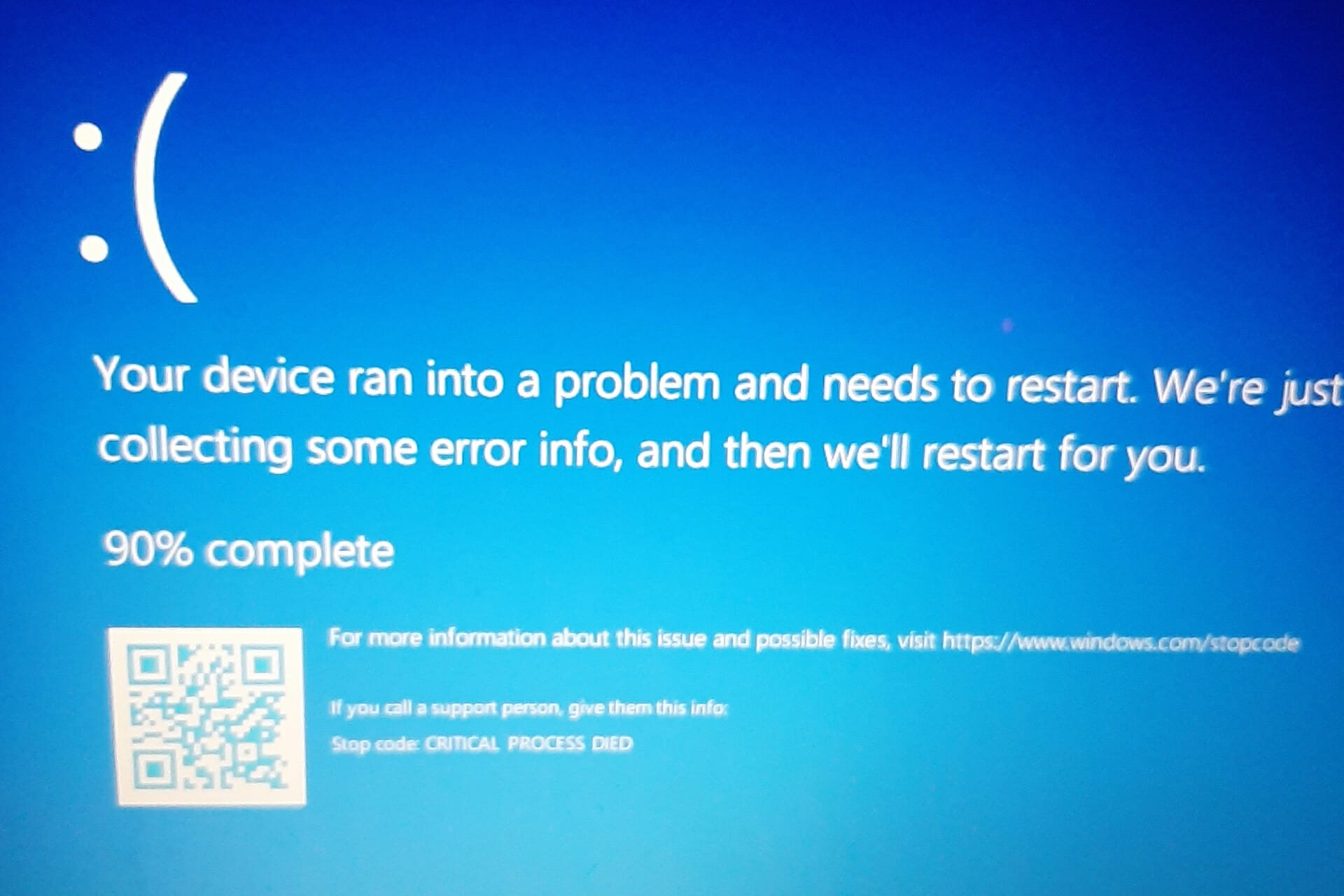
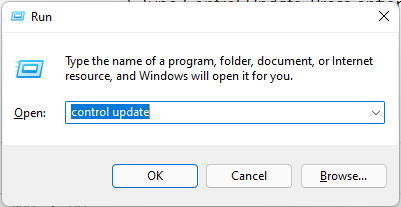
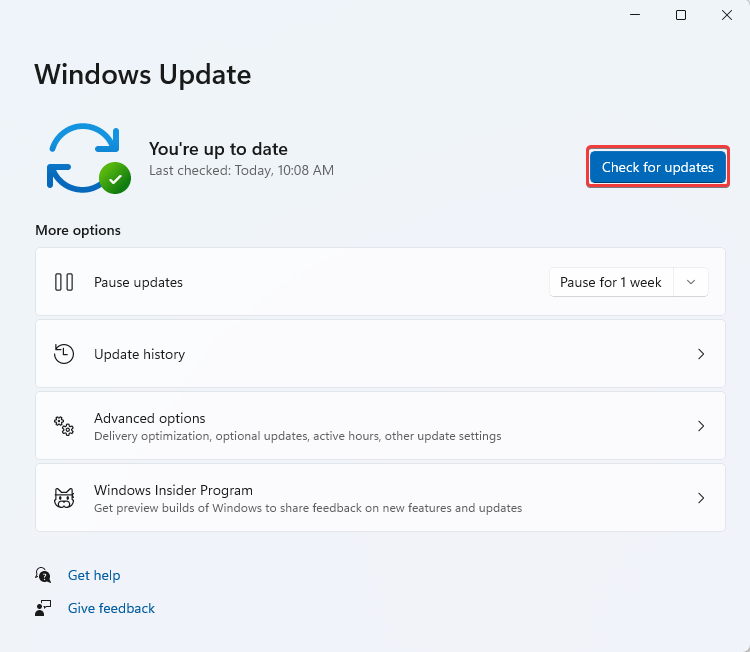
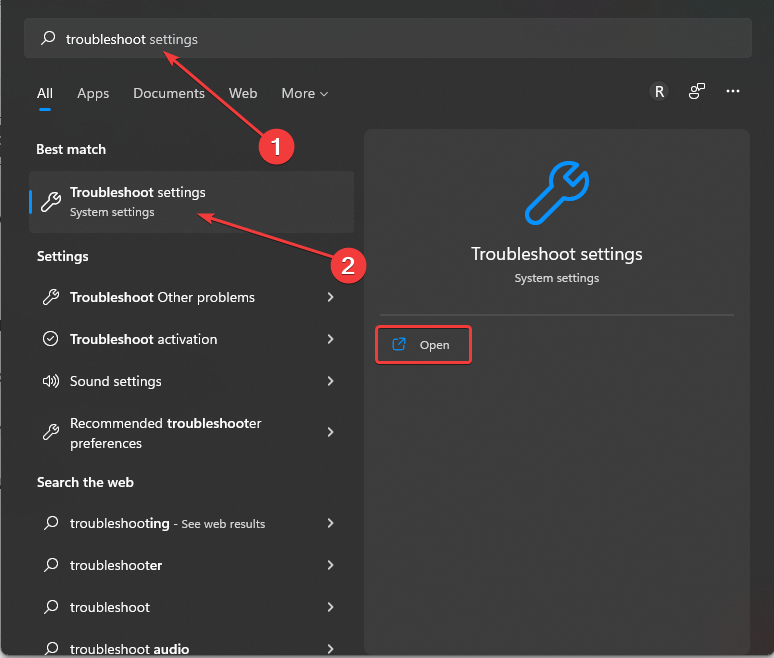

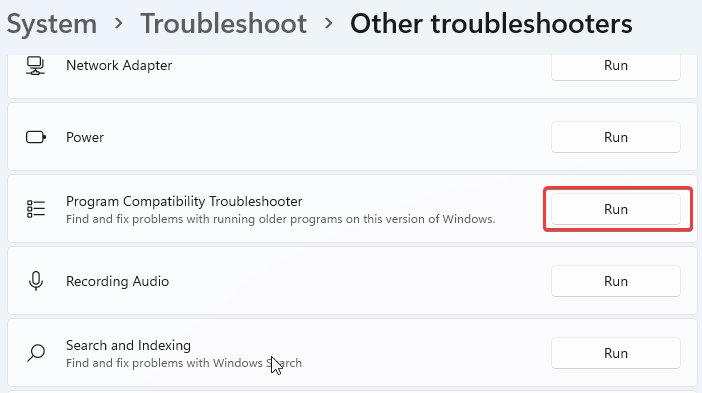
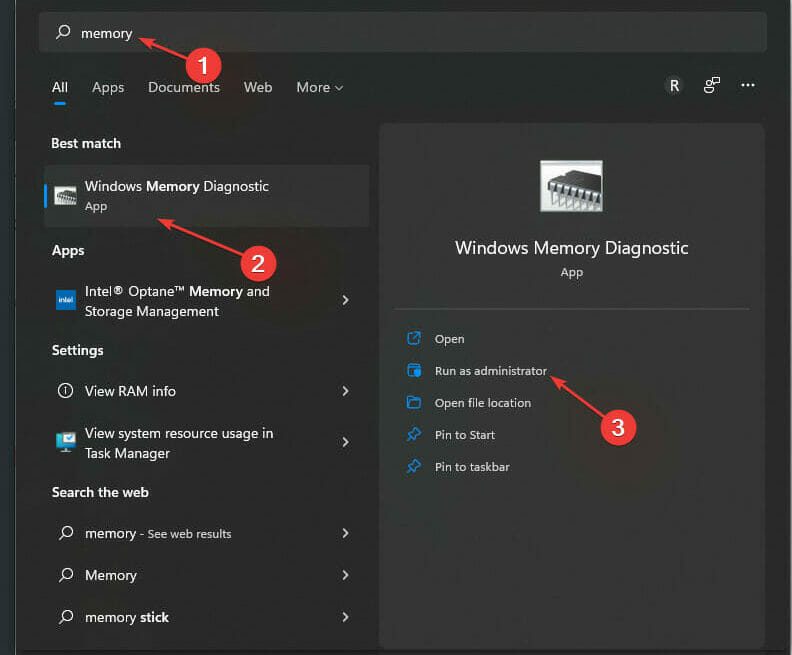

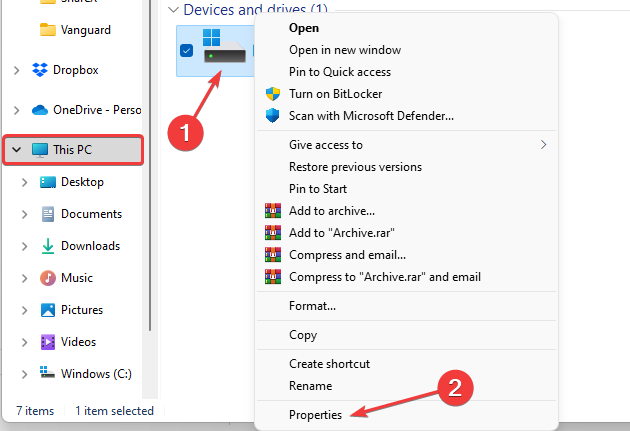
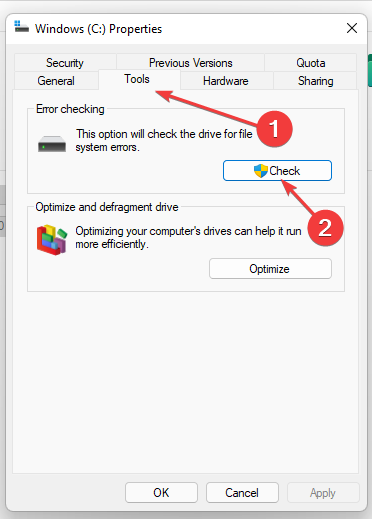
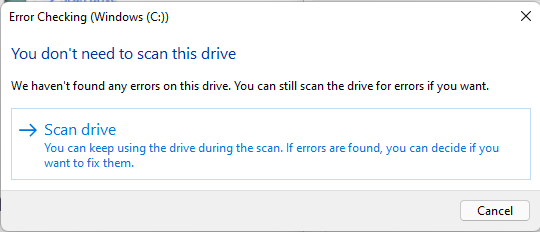
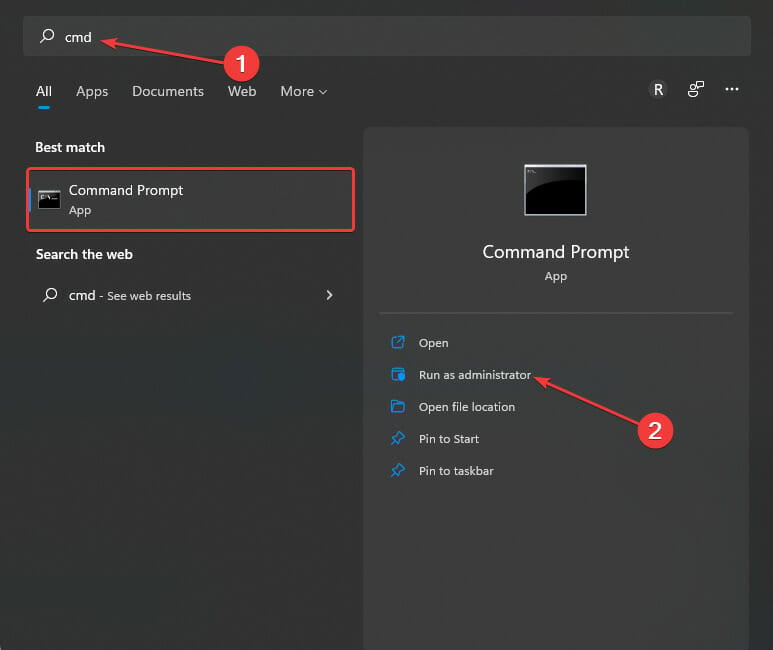


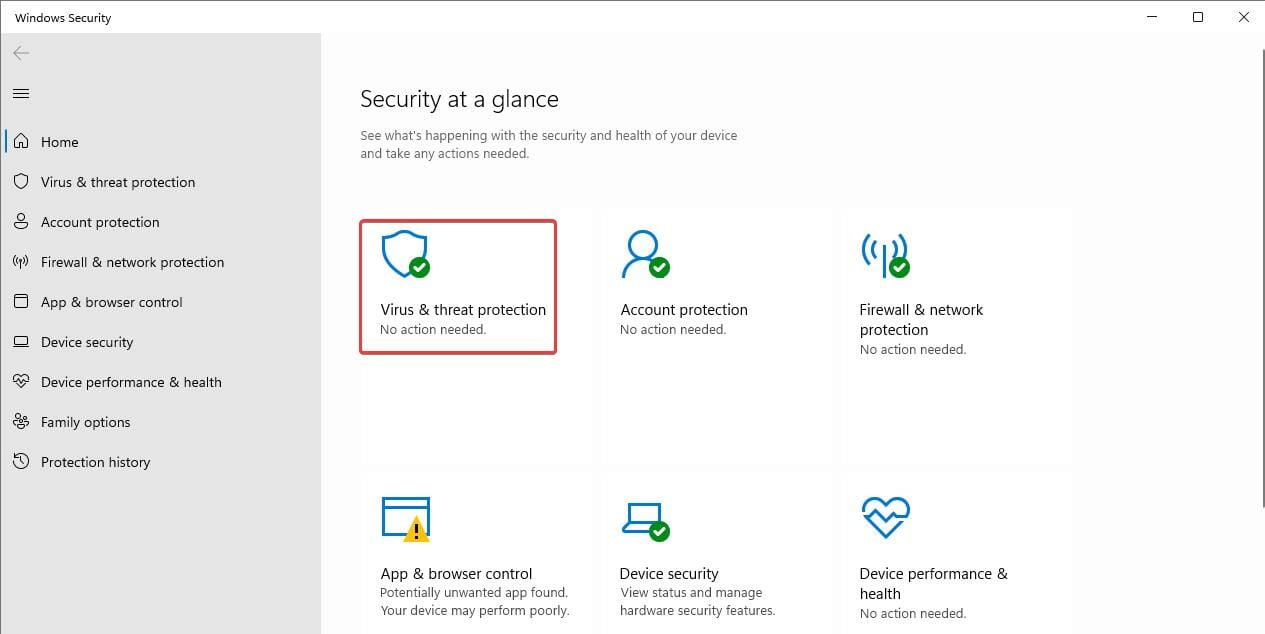
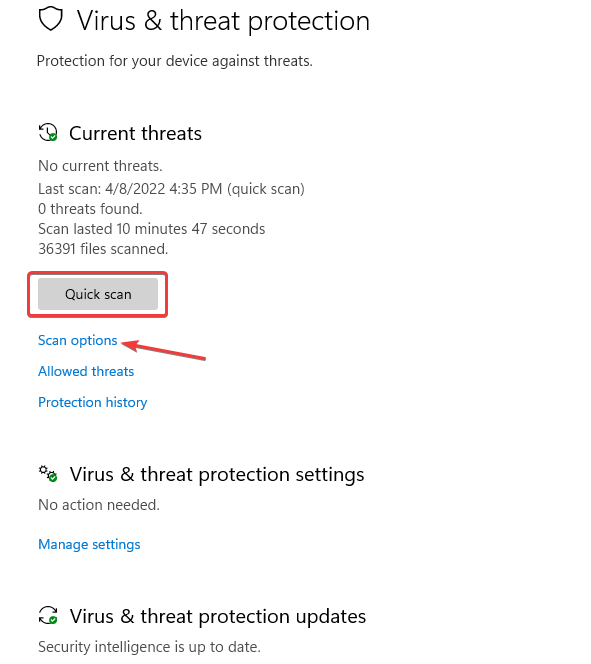
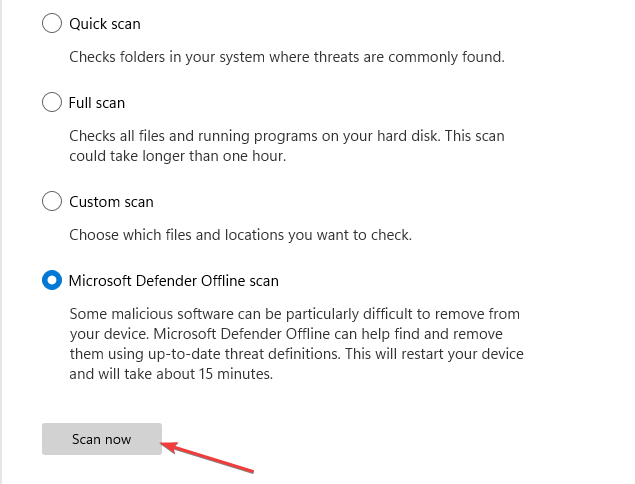

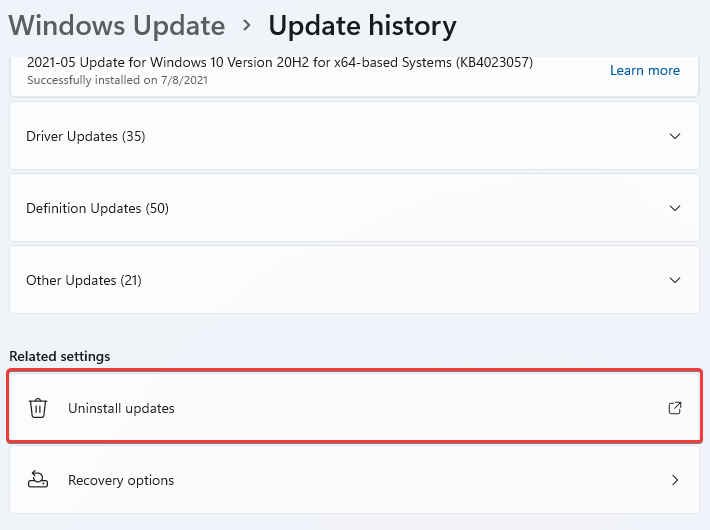

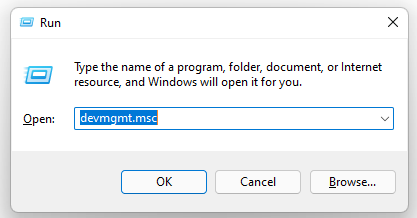

![]()